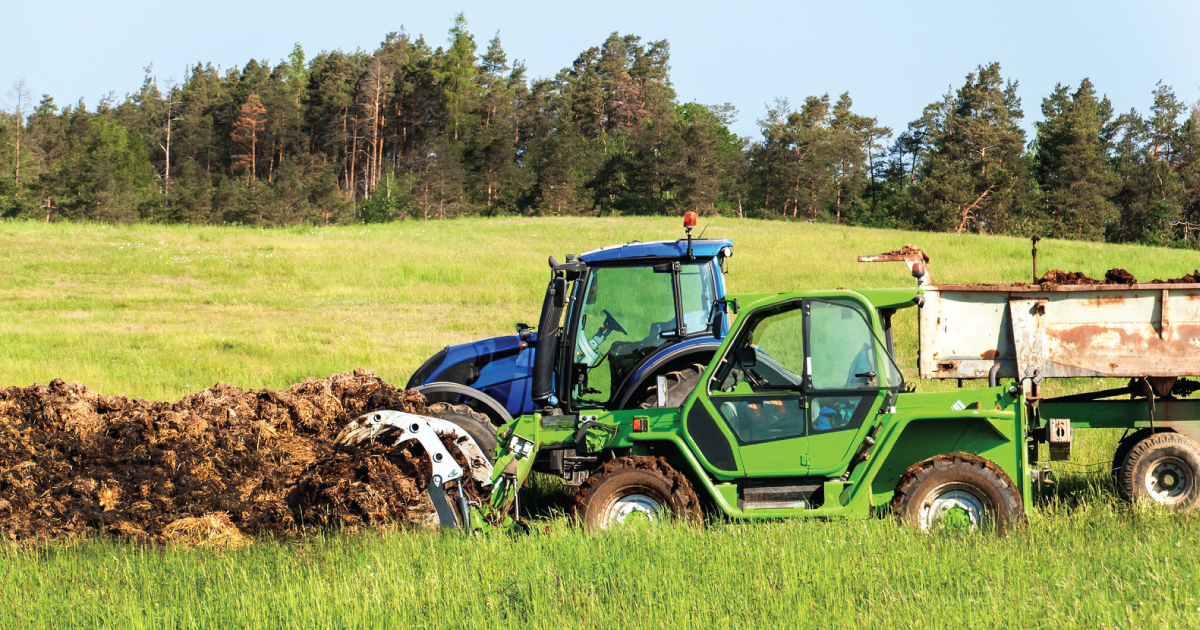
Questions Remain About Using Treated Sewage on Farms
Spreading biosolids—which include human and industrial waste—on farmland helps cut down on synthetic fertilizer. But it may also pollute water supplies and expose people to harmful chemicals. Each day, about 20 million gallons of sewage flows into the city of Tacoma’s wastewater treatment plants.
January 30, 2020 | Source: Civil Eats | by Tom Perkins
Spreading biosolids—which include human and industrial waste—on farmland helps cut down on synthetic fertilizer. But it may also pollute water supplies and expose people to harmful chemicals.
Each day, about 20 million gallons of sewage flows into the city of Tacoma’s wastewater treatment plants.
The water is separated, treated, and discharged into the Puget Sound, which leaves behind sludge—a mix of human excrement, industrial waste, and everything else that ends up in Tacoma’s sewers. The plants further treat the product to reduce pathogens, bacteria, heavy metals, and odors, and convert it into a fertilizer called biosolids, which is high in phosphorus, nitrogen, and other nutrients that help plants grow.
Tacoma produces about 5,000 dry tons of biosolids annually and sells it in bags under the brand name TAGRO to about 9,000 customers at local hardware stores, as well as to urban gardeners and farmers in the Tacoma region.
